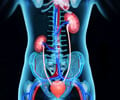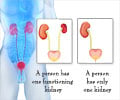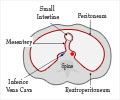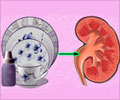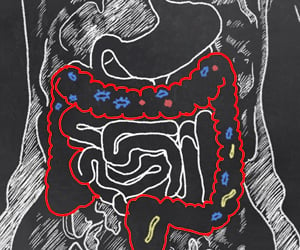Hemodialysis patients are admitted to the hospital have double the 30-day readmission rate as patients without kidney dysfunction.

‘Women with previous co-morbidities such as liver failure, heart disease and those addicted to drugs were more likely to get readmitted after hemodialysis.’





In 2017, the Centers for Medicare and Medicaid Services began penalizing outpatient dialysis units for excessive readmissions. Despite these efforts, there is a lack of information regarding characteristics and predictors of readmission. To investigate, a team led by Girish Nadkarni, MD, MPH and Lili Chan, MD, MS (Icahn School of Medicine at Mount Sinai) set out to determine the nationwide readmission rate in dialysis patients and to examine reasons for initial admissions and readmissions.
When the researchers analyzed 2013 data from the Nationwide Readmission Database, they found 390,627 initial hospitalizations of hemodialysis patients, and 22% of these initial hospitalizations were followed by an unplanned readmission within 30 days. Readmission rates were similar across the top 10 initial admission diagnoses, and only 20% of readmission's were for the same diagnosis as the initial admission.
"Regardless of what patients initially were admitted for, they had similar readmission rates. This along with the low concordance suggests that we need to focus on the patient as a whole rather than their admission diagnoses," said Dr. Chan.
The investigators also found that patient characteristics that were associated with a high likelihood of readmission included female gender, younger age, depression, liver disease, congestive heart failure, and drug abuse. Importantly, only a small proportion (2%) of all patients accounted for 20% of all readmissions.
Advertisement
In an accompanying editorial, Magdalene Assimon, PharmD, MS and Jennifer Flythe, MD, MPH (UNC School of Medicine) noted that there is surprisingly little published data evaluating interventions designed to reduce readmissions and stressed "the need for innovative, integrative data analytics in readmission risk modeling and a greater emphasis on testing and refining readmission prevention strategies.
Advertisement
Source-Eurekalert






